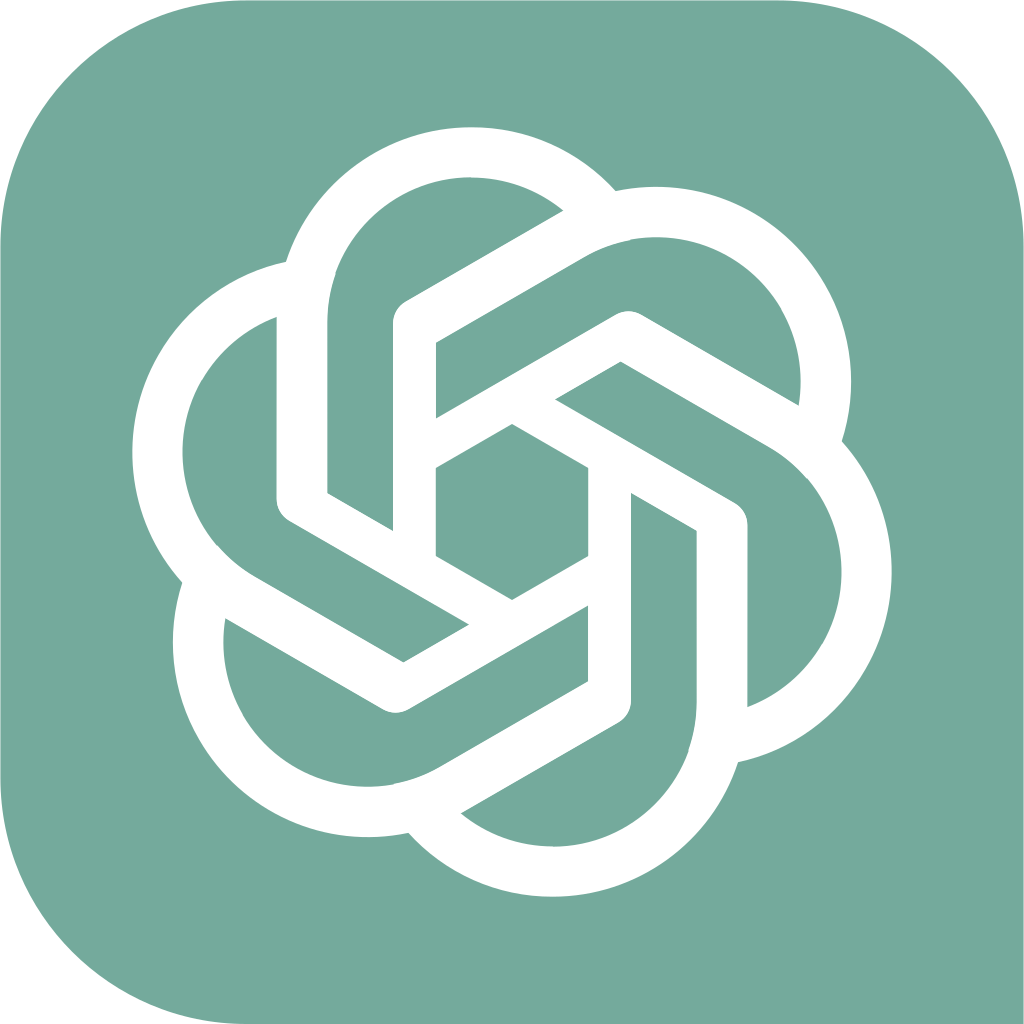ChatGPT, and similar language models like it, are versatile tools with various potential use cases. Here are some areas where ChatGPT can be particularly useful:
- Content Generation:
- Generate creative writing, including poetry, stories, and dialogues.
- Assist with brainstorming ideas for articles, blogs, or creative projects.
- Drafting and Editing:
- Help with drafting and editing content, such as emails, reports, or other written documents.
- Programming Assistance:
- Assist with coding by providing code snippets, explanations, and debugging help.
- Answer coding-related questions and provide guidance on programming concepts.
- Language Translation:
- Offer translation assistance for various languages.
- Learning New Topics:
- Provide explanations and information on a wide range of topics.
- Serve as a learning companion to help users understand complex concepts.
- Conversation and Entertainment:
- Engage in casual conversation and provide entertainment through jokes, trivia, or storytelling.
- Idea Generation:
- Assist in generating ideas for projects, marketing campaigns, or creative endeavors.
- QA Testing:
- Serve as a simulated user for testing applications, chatbots, or other software.
- Writing Assistance:
- Help users improve their writing skills by offering suggestions and feedback.
- Problem Solving:
- Provide assistance in problem-solving by offering insights and potential solutions.
It’s important to note that while ChatGPT is powerful and versatile, it has limitations. It may generate responses that sound plausible but might not always be accurate or contextually appropriate. Users should verify information obtained from ChatGPT, especially in critical or fact-sensitive situations. Additionally, it’s designed for short-form content, and its responses are generated based on patterns learned from diverse internet data.
The use of ChatGPT depends on the specific needs and context of the user, and it’s essential to consider its strengths and limitations when applying it to different tasks.

